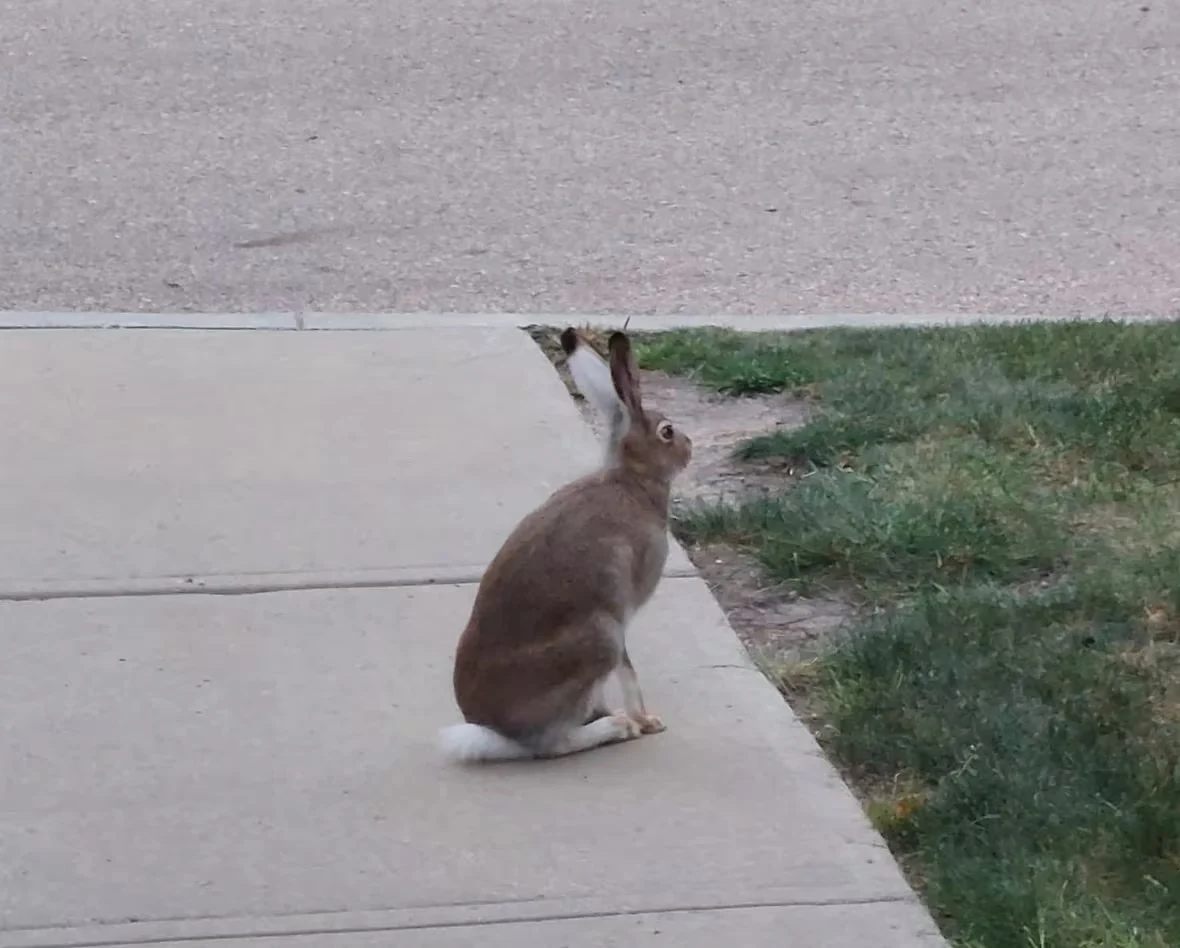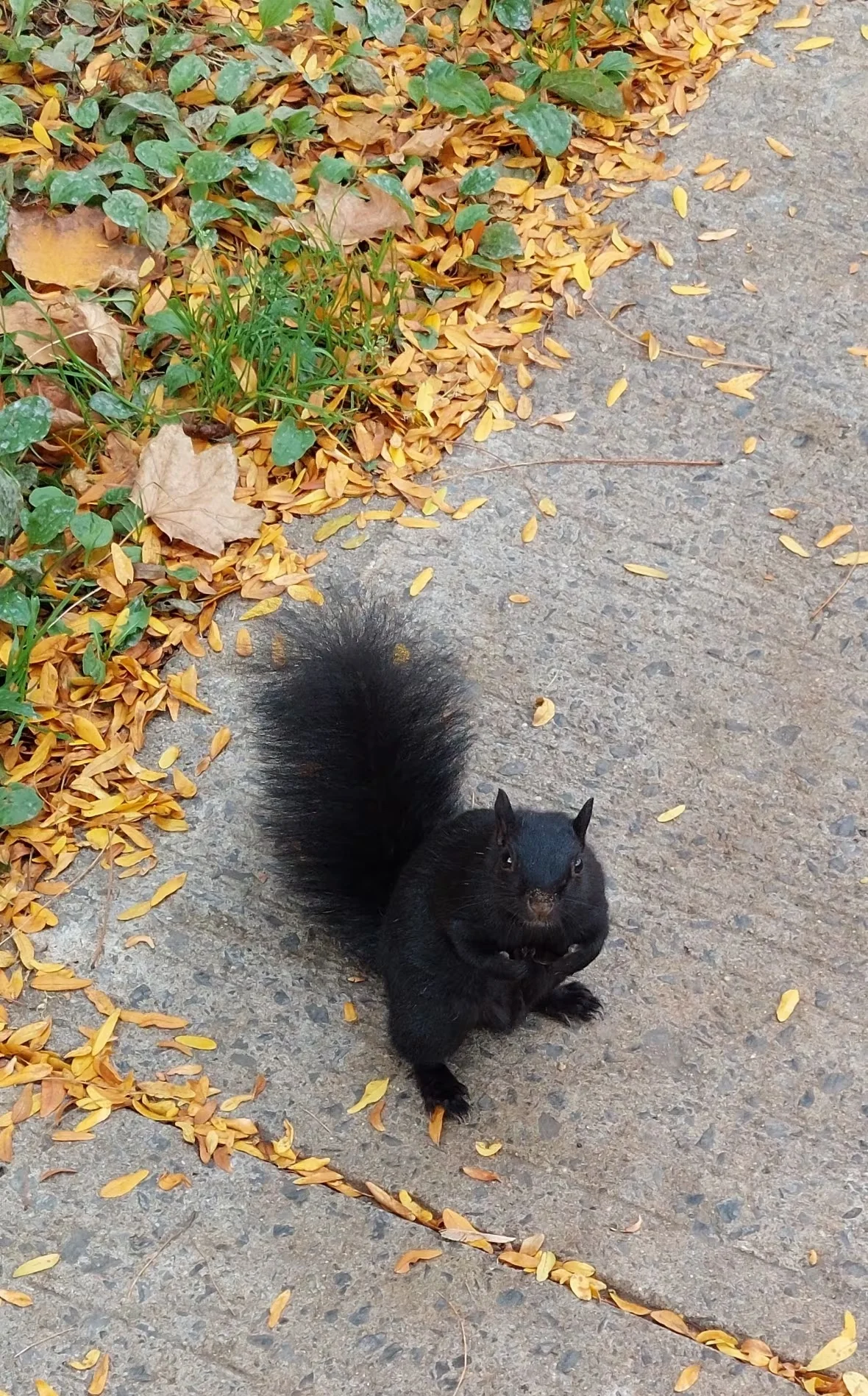
How geography and city planning made Edmonton a beacon for urban wildlife
In a warming climate, city life will become harder for wildlife. Warmer cities with less vegetation will be especially affected, a new study has found.
The study involved scientists from the United States and Canada gathering data on wildlife in 20 cities across North America using camera traps.
As the climate warms, Edmonton will be more hospitable to wildlife than more southern cities, the study's authors say, partially thanks to its geography and partially due to wildlife-friendly city planning.
SEE ALSO: Severe wildfires will have long-lasting impact on N.W.T.'s boreal forest
"We have the good fortune to have a great deal of wildlife left still in our city. That's because of the river valley and ravine system, which is the largest contiguous protected natural habitat in any city in North America," said Colleen St Clair, a professor of biological sciences at the University of Alberta and one of the study's co-authors.
"That provides a tremendous amount of habitat for wildlife," which includes large animals such as moose, she said.
Edmonton's early managers "set aside the river valley for future generations. That was a tremendously forethoughtful thing to do," St Clair said. "We have this enormous natural area in Edmonton because of that forethought."

Edmonton's river valley is a major contributor to biodiversity in this city, say the study’s authors. (Dennis Kovtun/CBC)
Edmonton's geographic location also contributes to its wildlife-friendly climate — cool winters, not overly warm summers and enough precipitation to allow plants, which drive the rest of the ecosystem, to flourish, she said.
"Edmonton has fairly high biodiversity because of both of those things," St Clair said. Edmonton's experience with droughts is "very mild," she added.
Despite this good news, Edmonton will not be exempt from the effects of climate change, said Catherine Shier, a conservation coordinator with the City of Edmonton, who also participated in the research.
The city could become between three and five degrees hotter by the 2050s, according to research by the City of Edmonton, she said.
By that time, the city may move on to having a more prairie-like climate, Shier said.
Today, Edmonton is located in a zone called central parkland, Shier said, which lies at the intersection of prairies from the south and boreal forests from the north. It's one of the most endangered ecological subregions in Alberta, she said.
"If we do move towards more of the prairie ecosystem, then the species composition of our vegetation may change and it may potentially drive out some of our larger mammals," Shier said.
WATCH: Evidence shows Canadian conservation efforts are paying off
Reducing the urban heat island effect
The good news is that some of these effects can be mitigated by planting more vegetation and reducing the urban heat island effect.
"Edmonton might be a little oasis within a somewhat more prairie landscape," Shier said.
The reason why urbanization and climate change disproportionately impact large animals is because they have a harder time accessing resources in the city, said Austin Green, a postdoctoral research fellow at the University of Utah and the study's co-author.
To an animal, a city is an area with a high density of resources, Green said. In fact, cities tend to be richer in food and water than the surrounding natural areas. People's backyards and dumpsters are lucrative potential sources of food for animals.
But to get to them, they have to navigate urban roads and other pathways, which is easier to do for smaller animals.

Smaller animals, such as a white-tailed jackrabbit seen here, may do well in urban areas. Larger mammals struggle, the study’s authors say. (Dennis Kovtun/CBC)
Warming temperatures may also see the arrival of animals that today reside further south, St Clair said.
"I think raccoons, which are already periodically found around Edmonton, will become more well established."
Grey squirrels, which are well-established in Calgary and Red Deer, could make their way to Edmonton, she added.
Badgers are occasionally seen in Edmonton, but may become more frequent, especially if it gets drier, St Clair said.
More cold-loving species, such as lynx, which the researchers did catch on their camera traps, may move north, Shier said.
"It may be, in 50 years, we don't have the privilege of seeing lynx in our city," she said.

A black-coloured eastern grey squirrel, pictured in Ottawa. These squirrels are ubiquitous in Calgary and Red Deer and may expand to Edmonton as climate warms, Colleen St Clair said. (Dennis Kovtun/CBC)
That said, urbanization plays a much bigger role in wildlife's decline than climate change, said Brad Fedy, an associate professor at the school of environment, resources and sustainability at the University of Waterloo. He was not involved in the study.
"The conclusions aren't shocking to anybody, right? The more urbanization we have, the fewer wildlife we have," he said.
"Habitat loss is a much more urgent concern than climate change when we're talking about the long-term productivity and survival of wildlife populations."
Fedy praised the study for analyzing a large dataset from 20 cities in two countries, and the collaboration it involved.
An interesting area of future research, he said, would be examining how human attitudes impact urban biodiversity.
"Some of these species, from a human perspective, are desirable - and some are not," he said.
"And so that would be an interesting kind of socio-ecological component to it."
WATCH: Lakefront homeowners showing love for the environment
Thumbnail courtesy of Dennis Kovtun/CBC.
The story was originally written by Dennis Kovtun and published for CBC News.